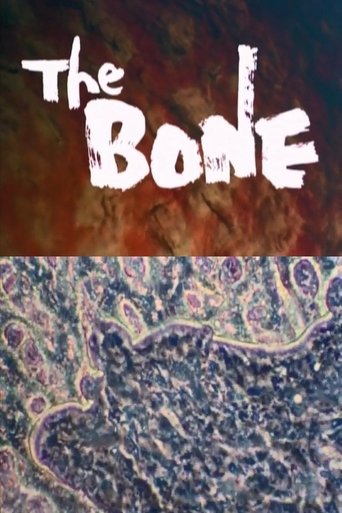THE BONE 1982
The entire human body is made of cells, and health is maintained through the continuous process of old cells making way for new cells. Bones are no exception. This film looks into how bones are made up of cells, how they are broken up and how they are reformed. What do the cells that are continuously engaged in bone formation and bone resorption do, and how is balance maintained within the body? Color 17 min. (1982) Sponsored by Teijin Pharmaceuticals Co., Ltd. And Fujisawa Pharmaceutical Co., Ltd. (Astellas Pharma Inc.) Produced by Yone Production Inc.


